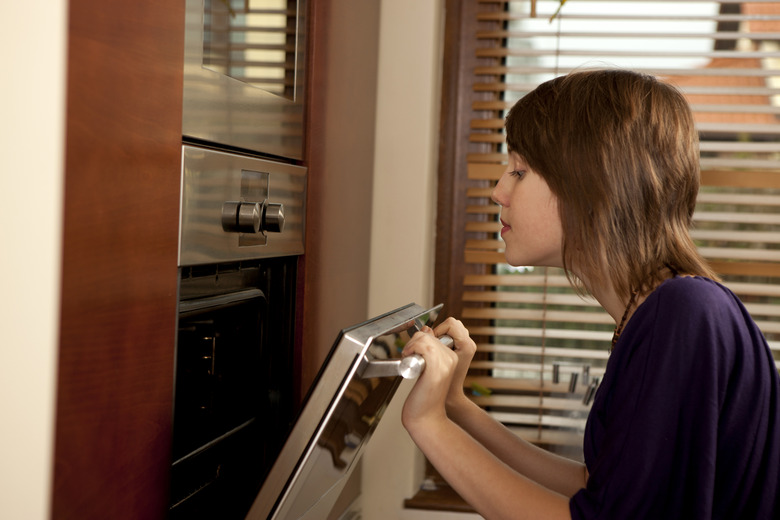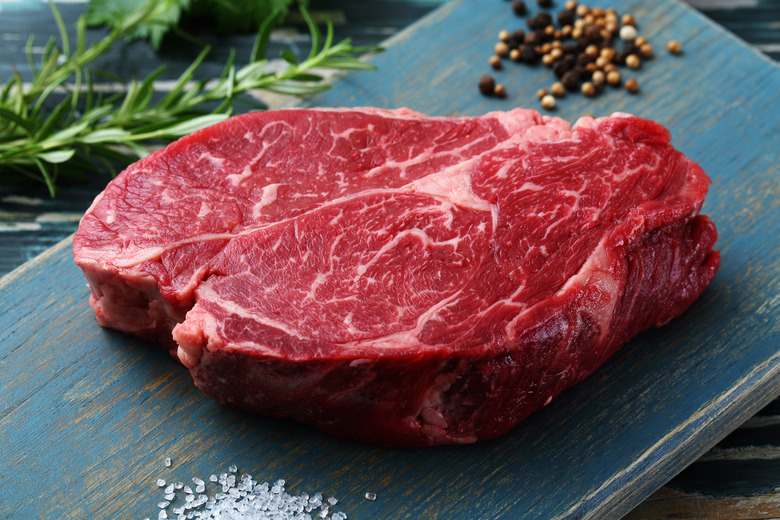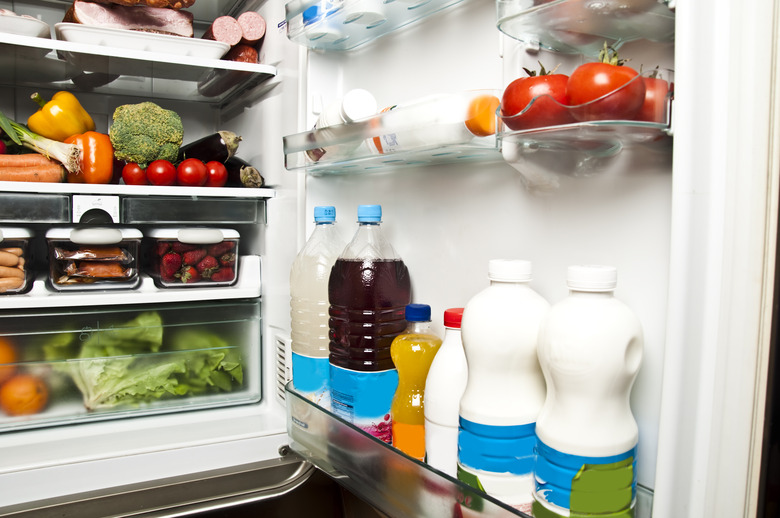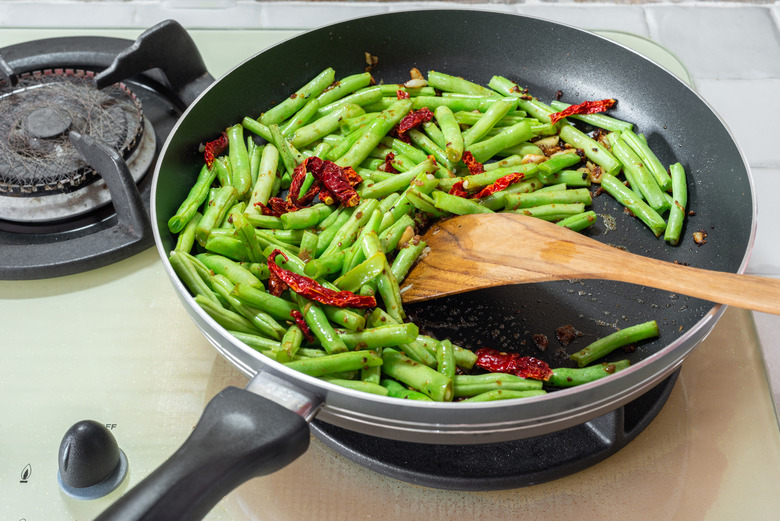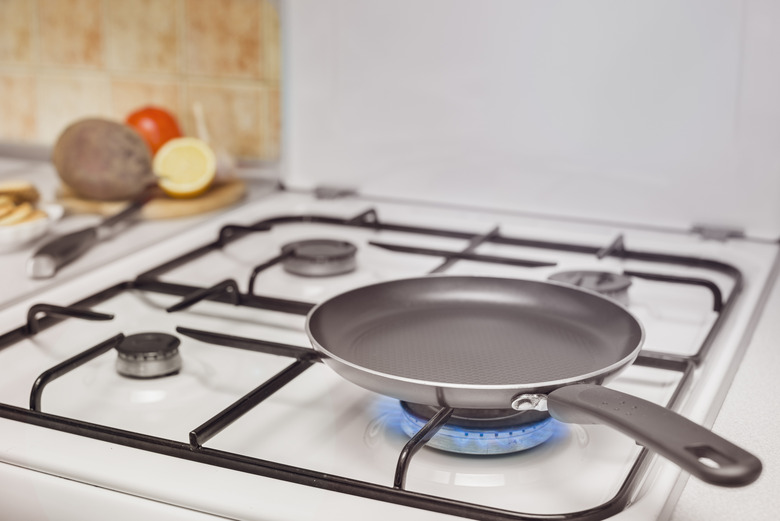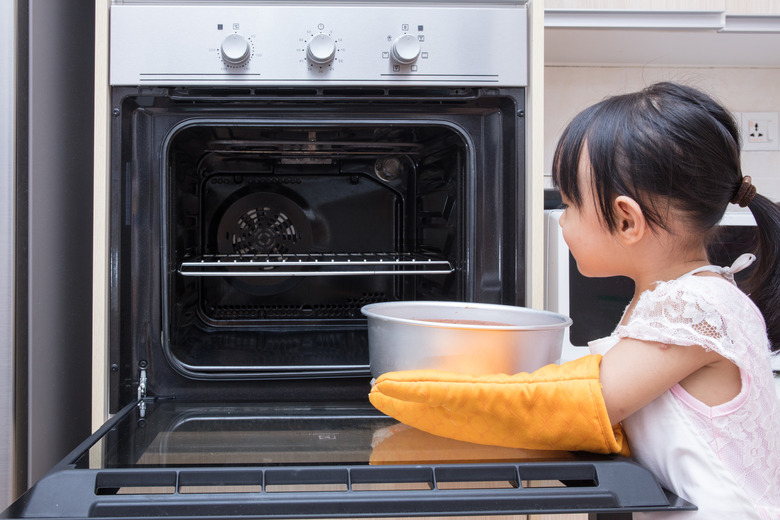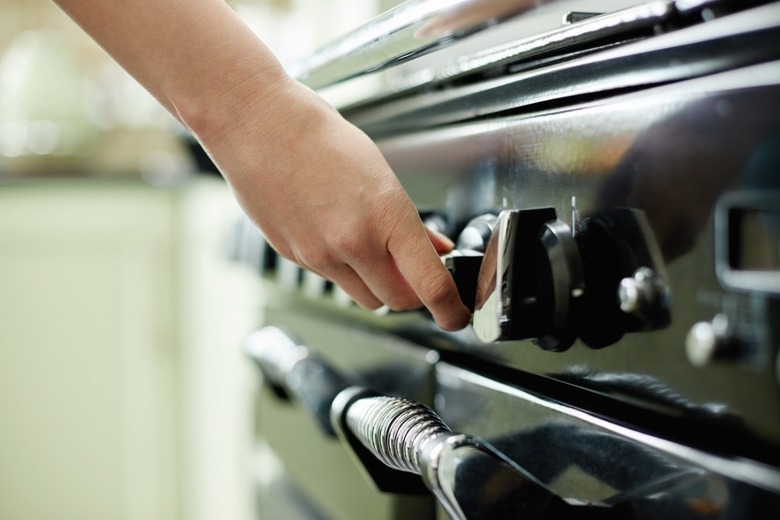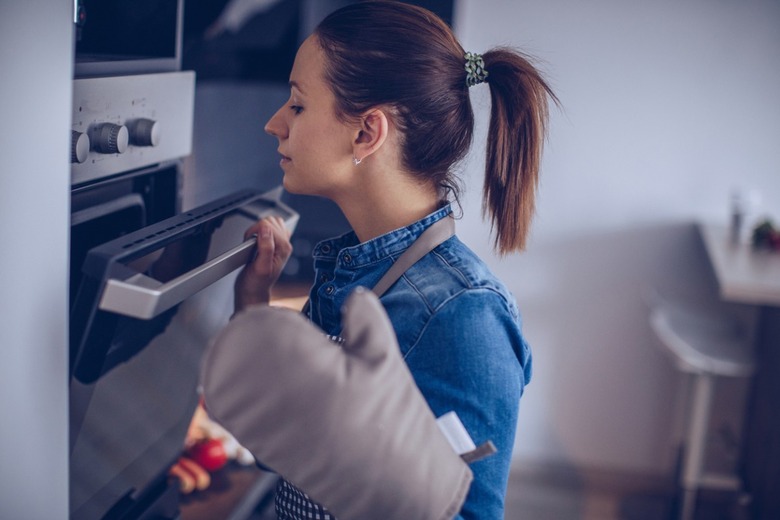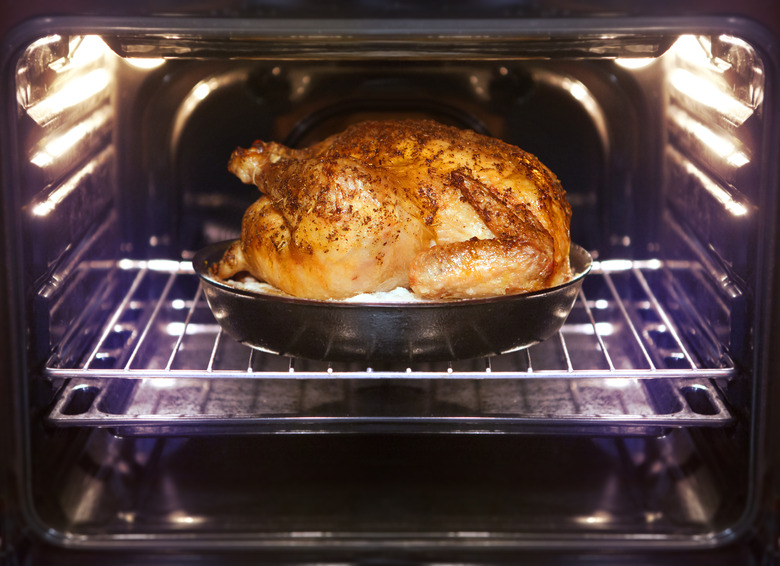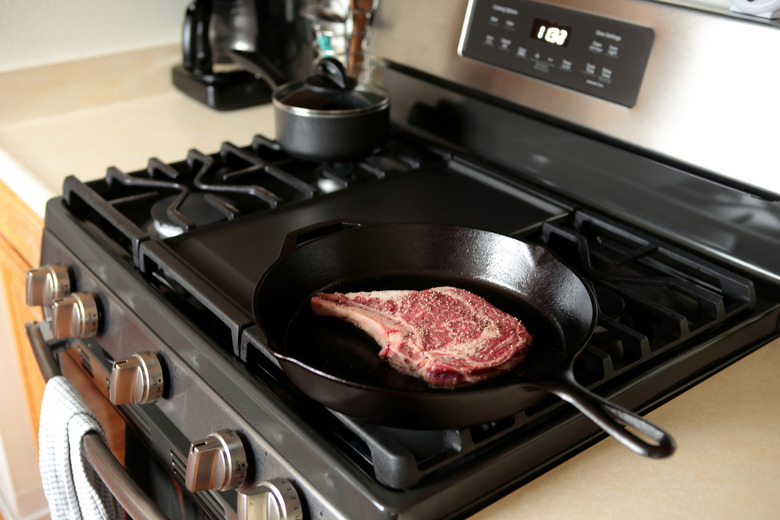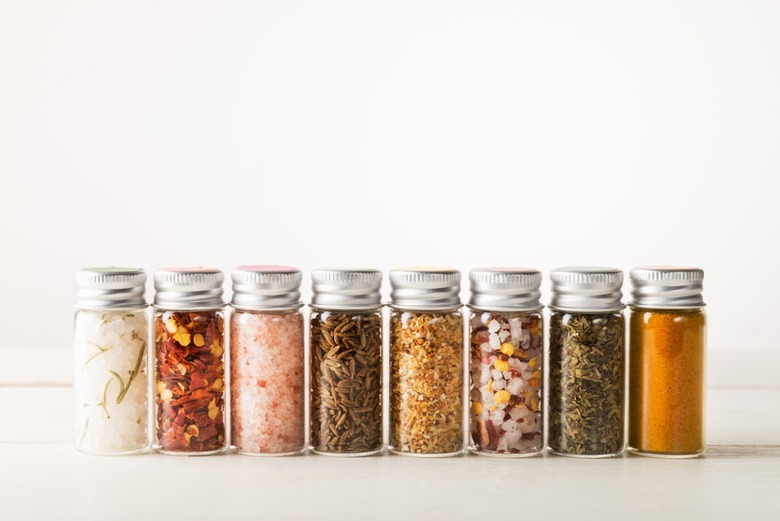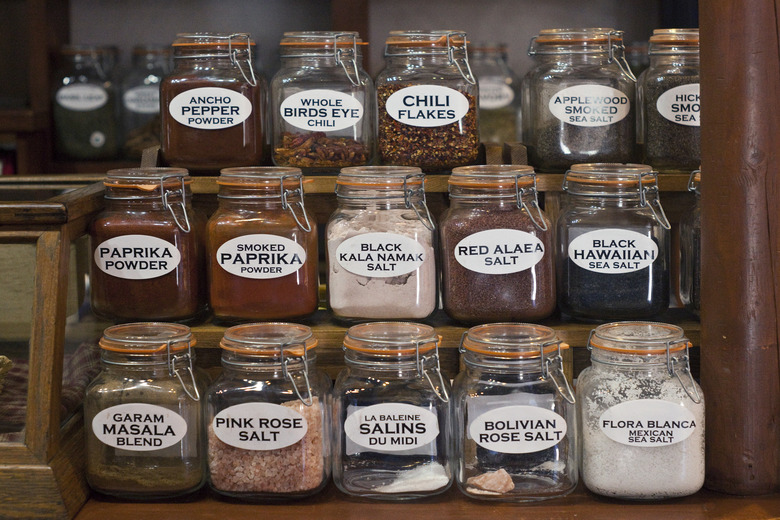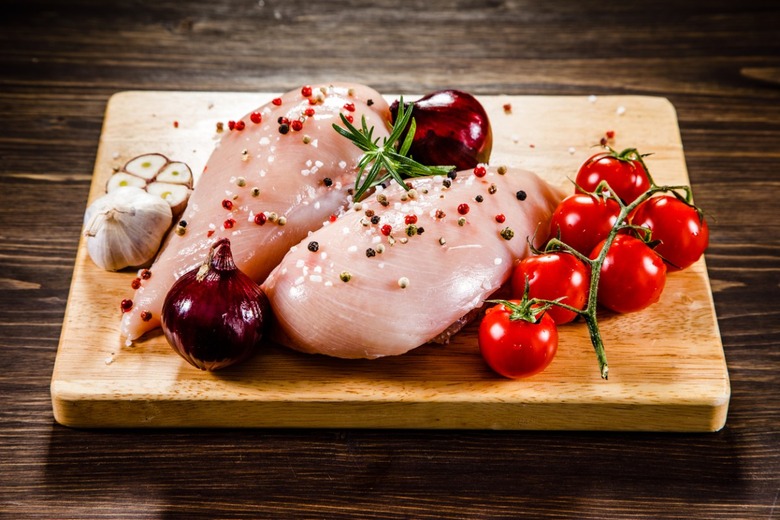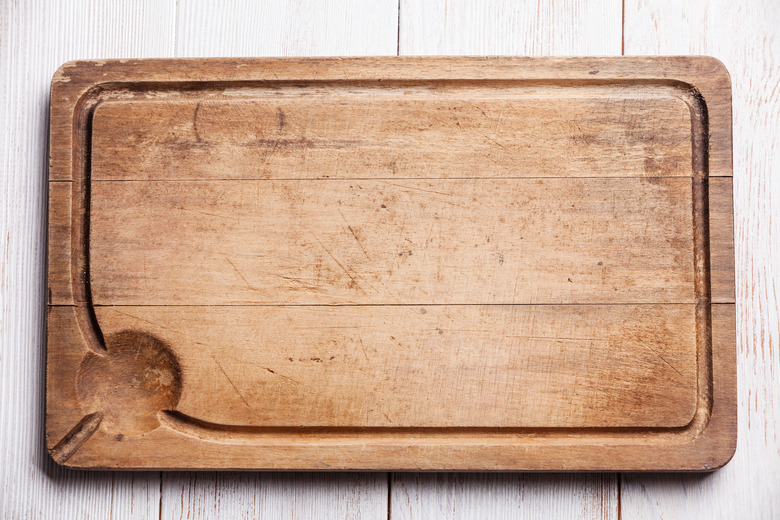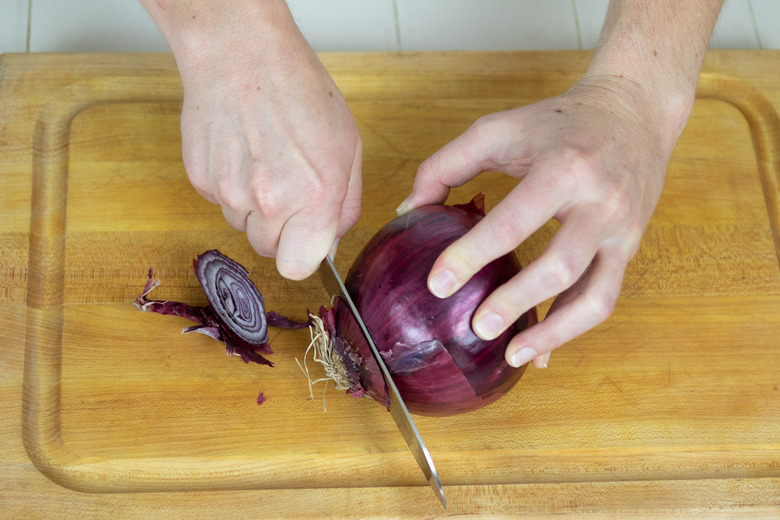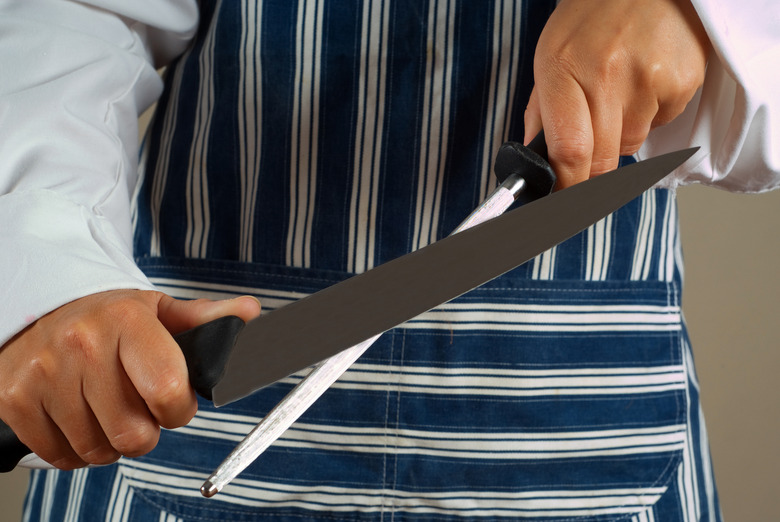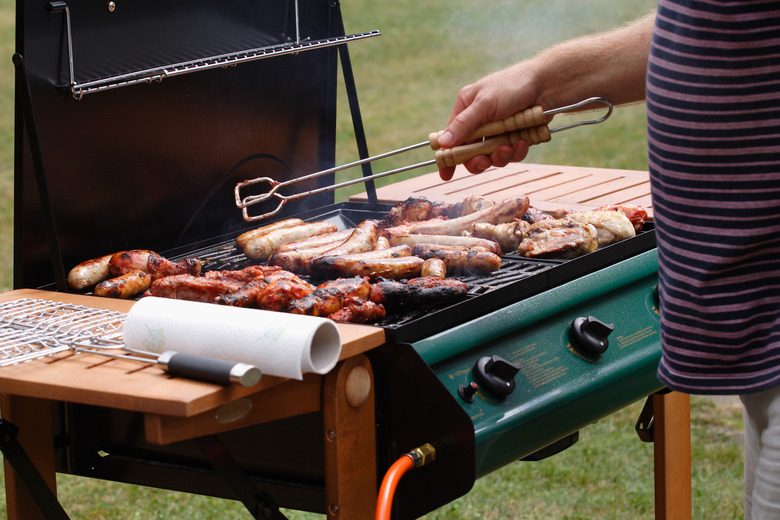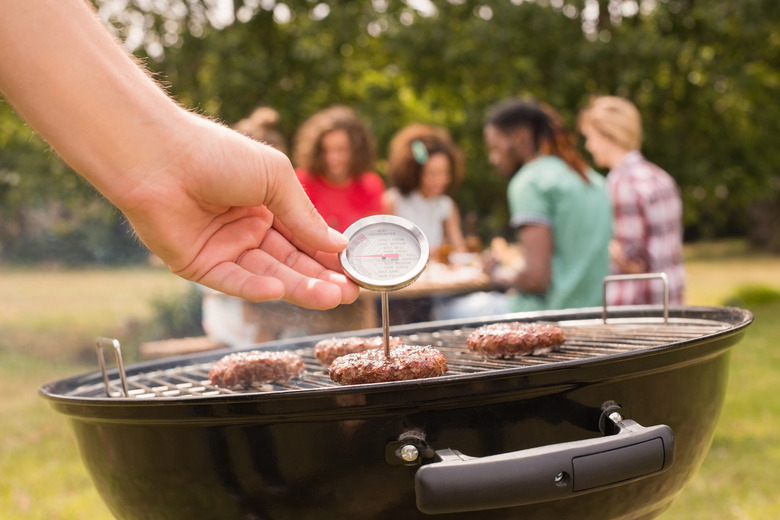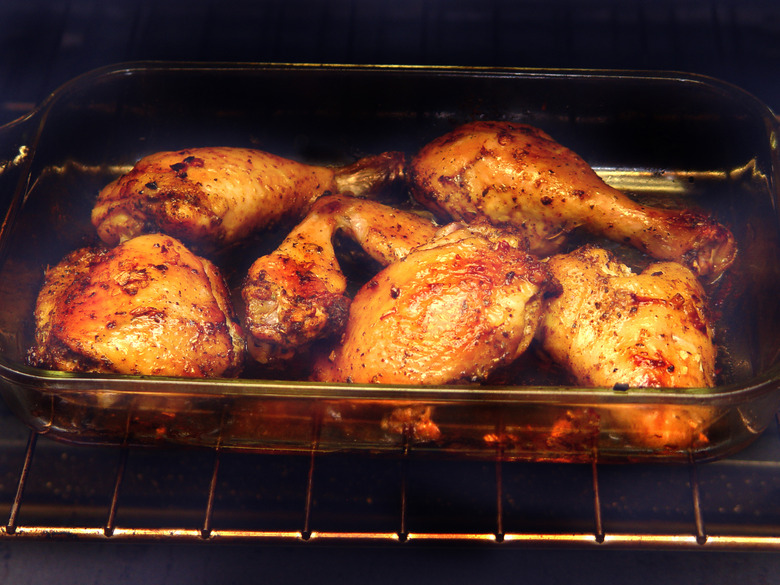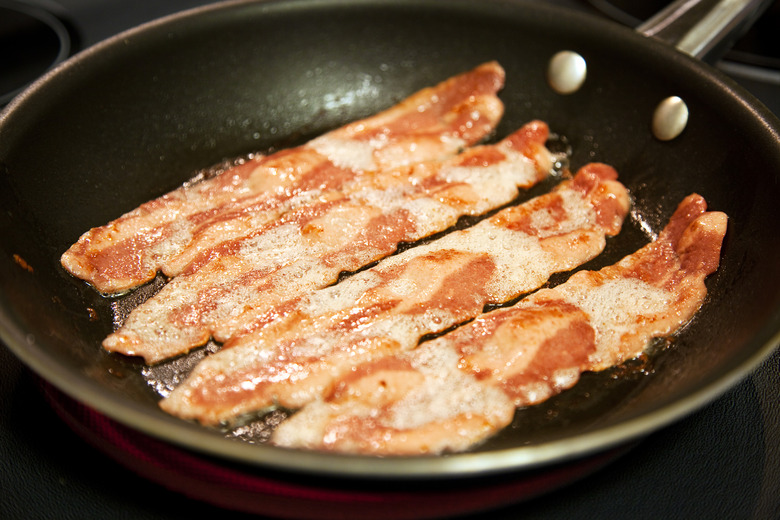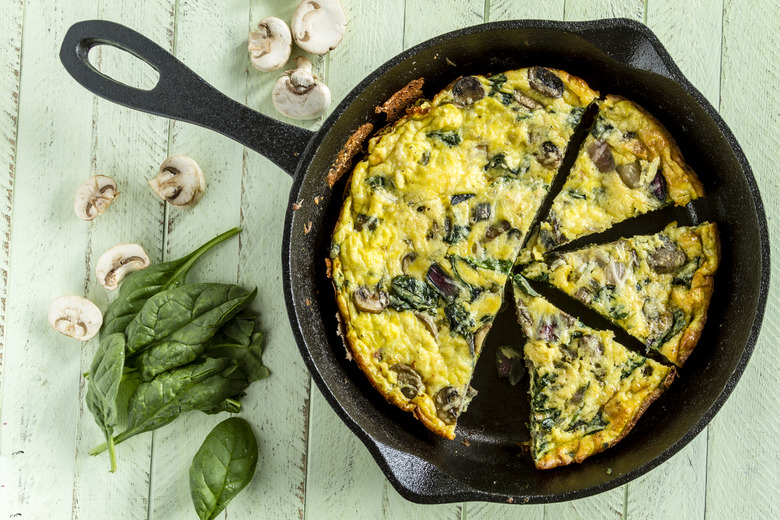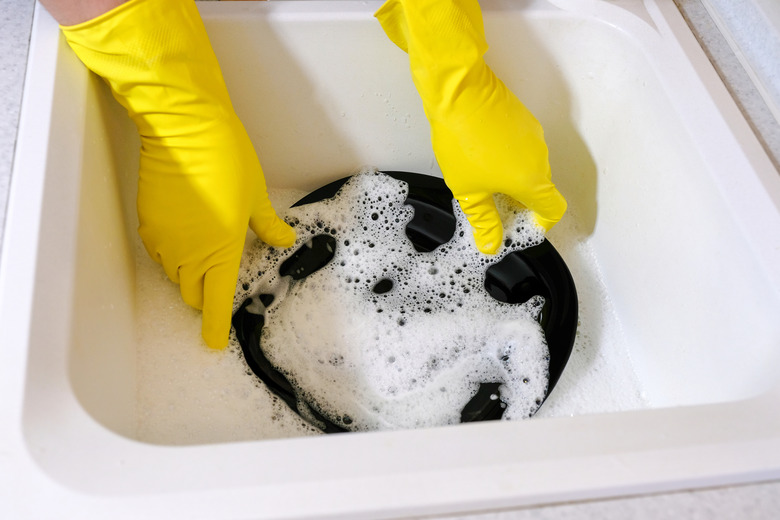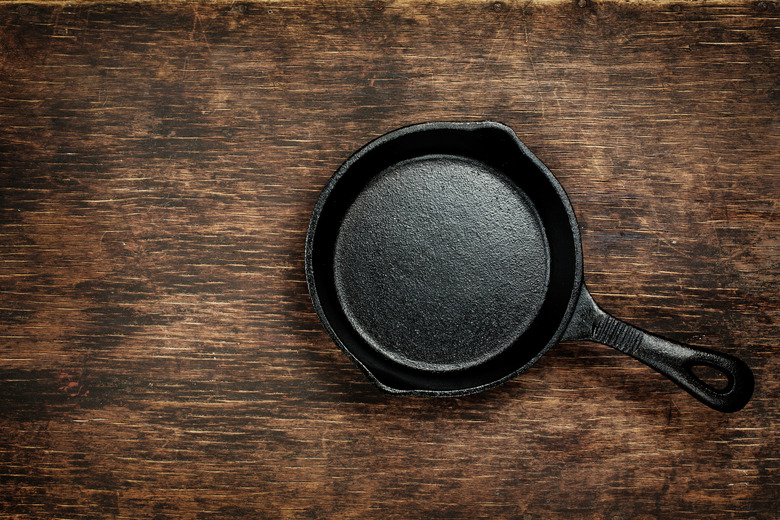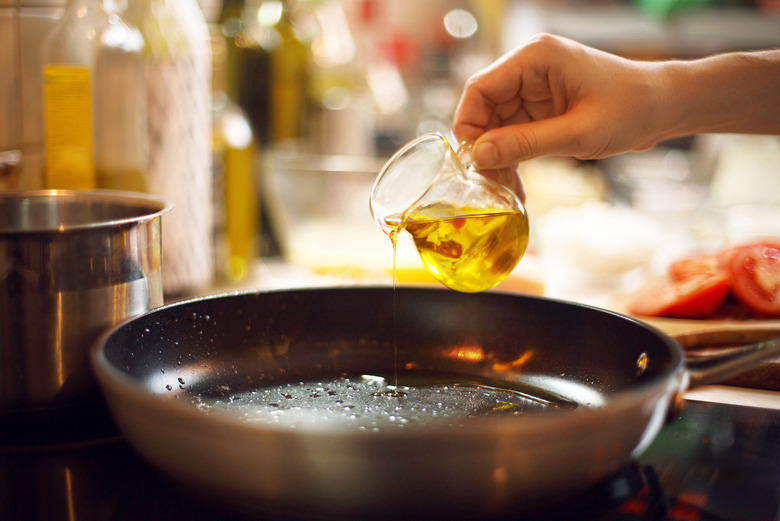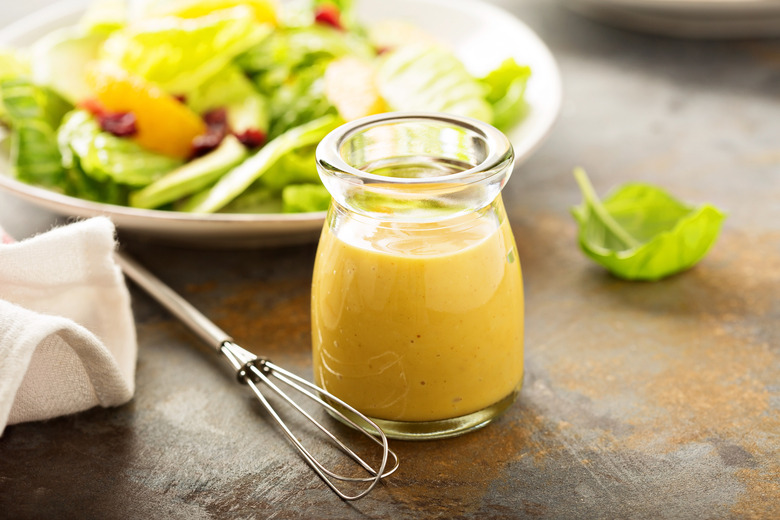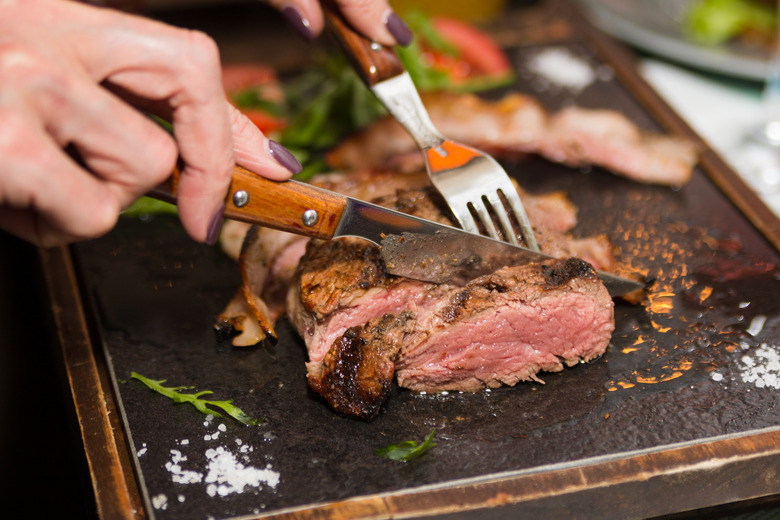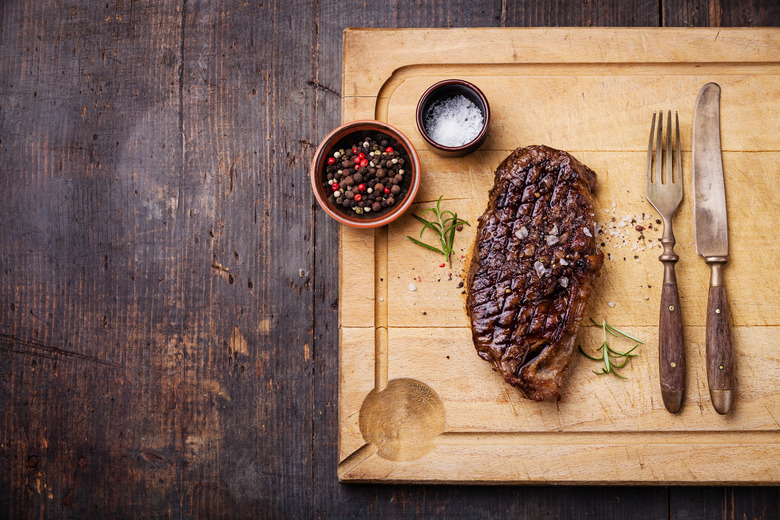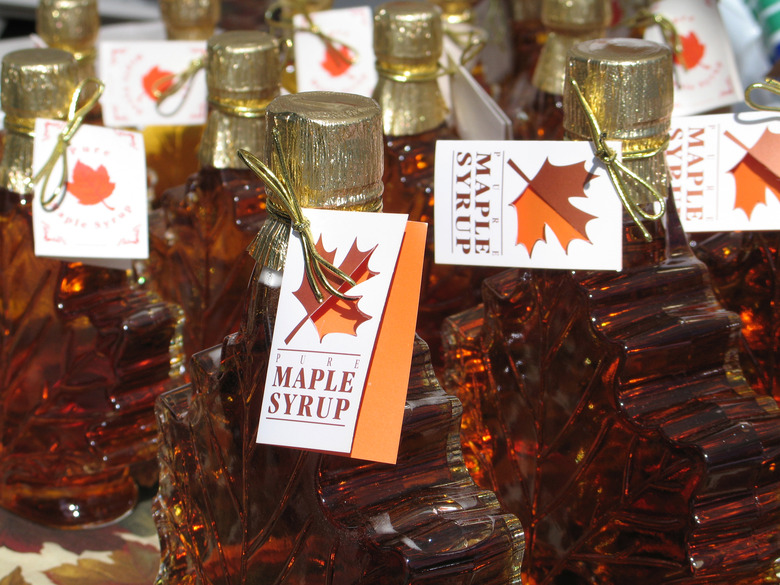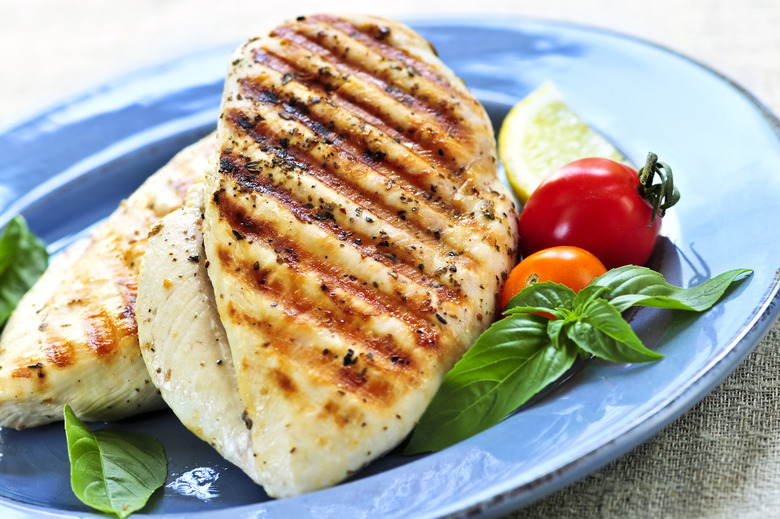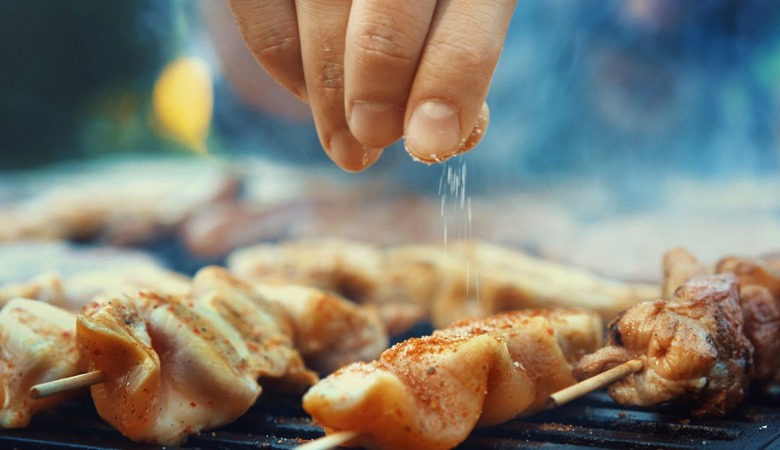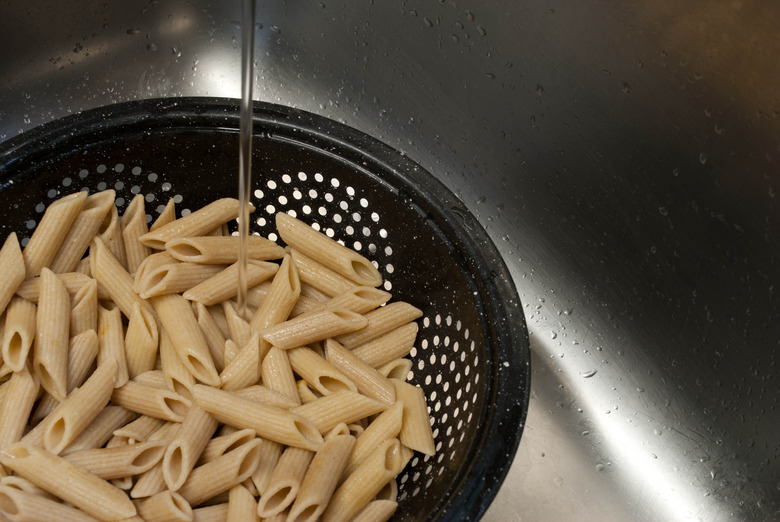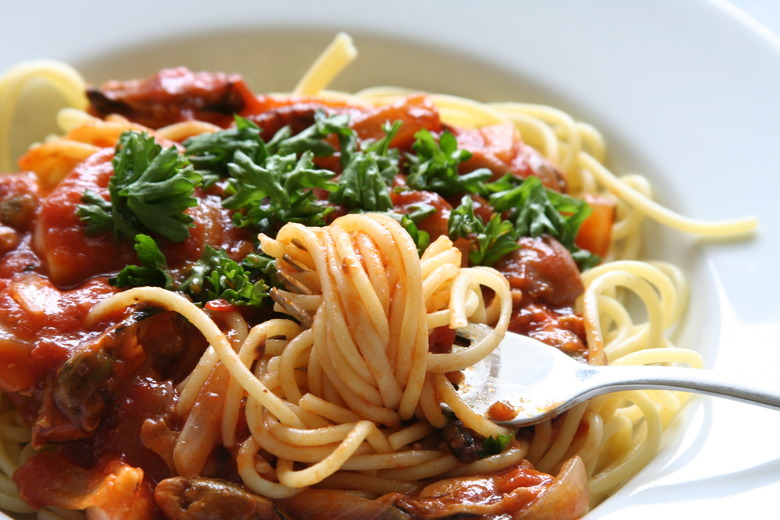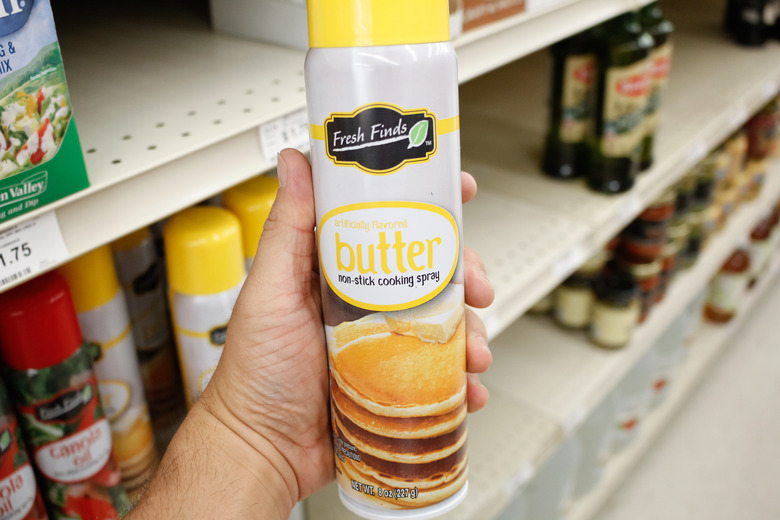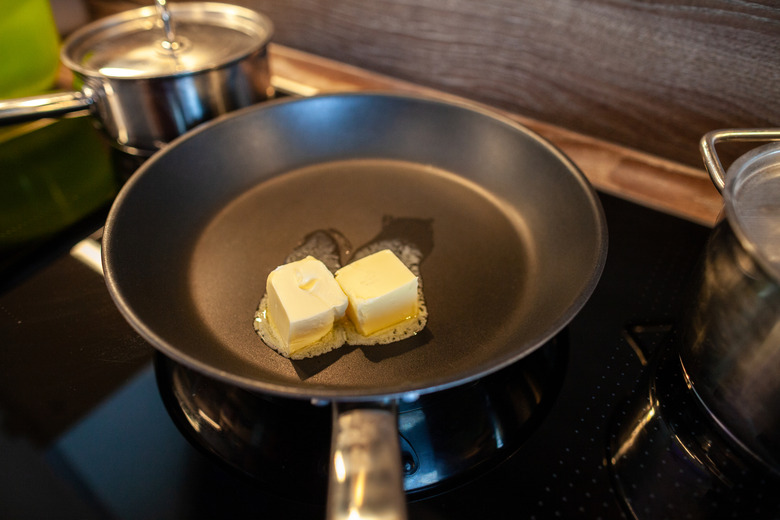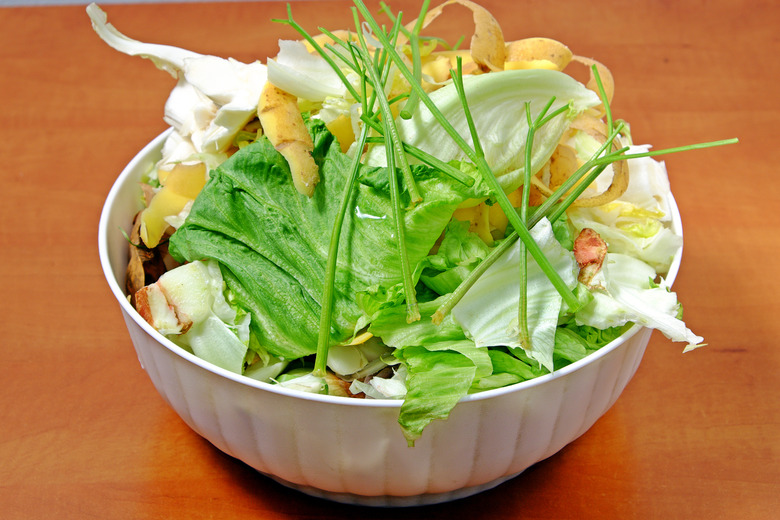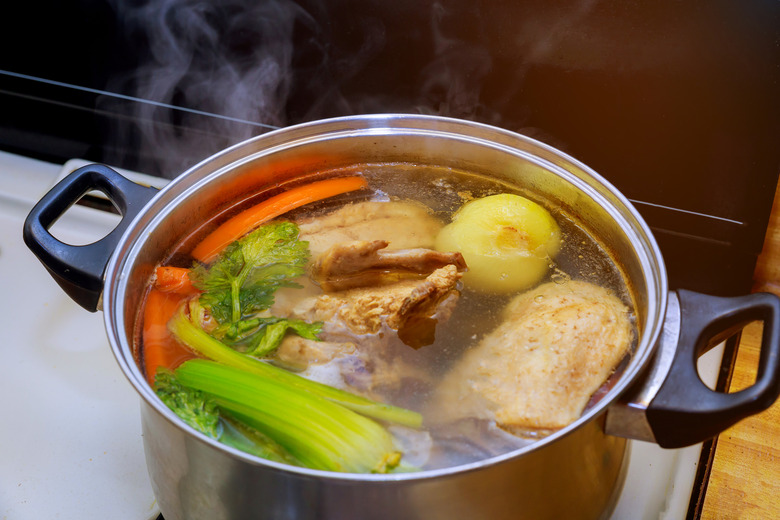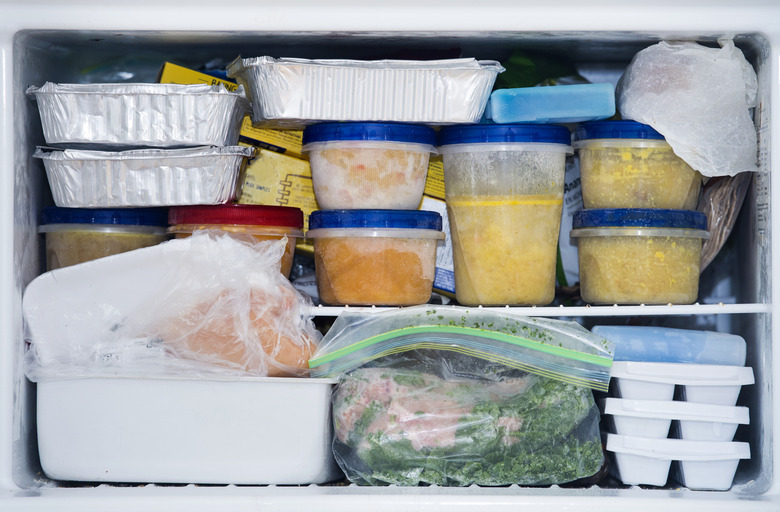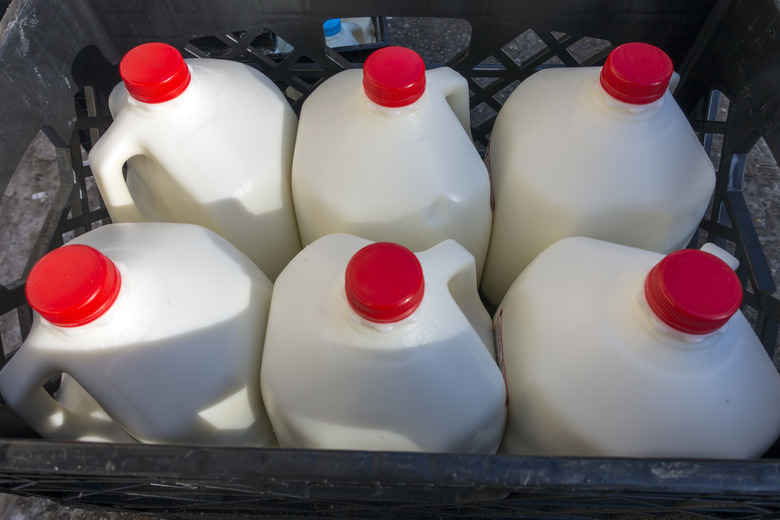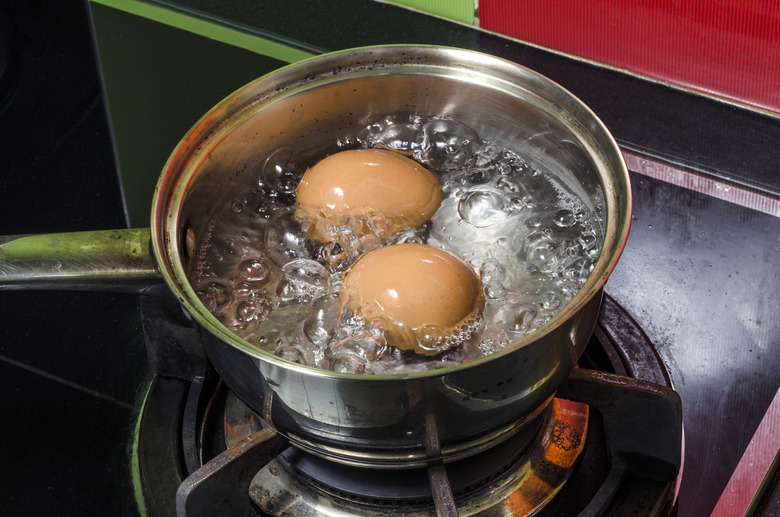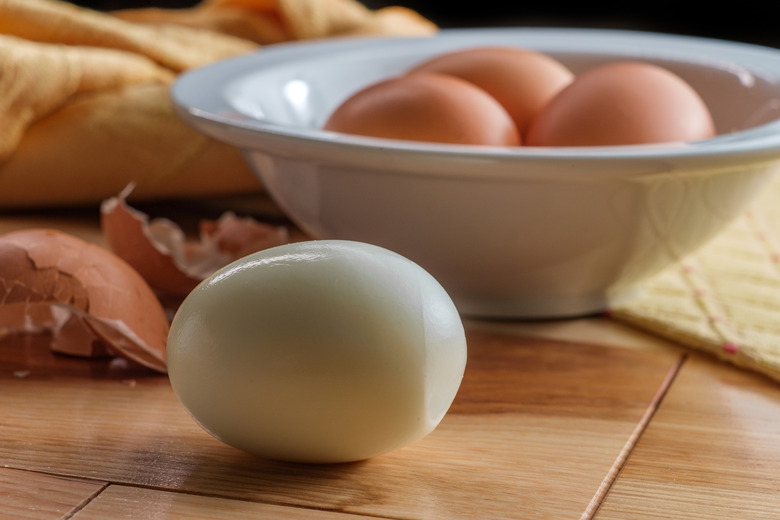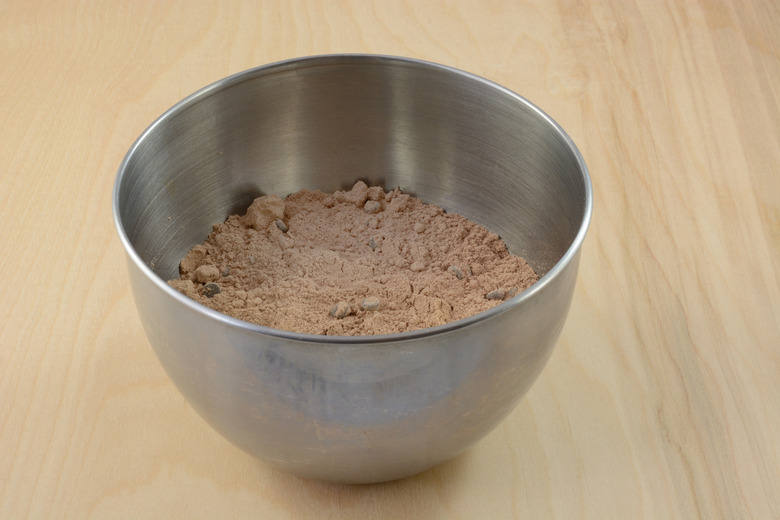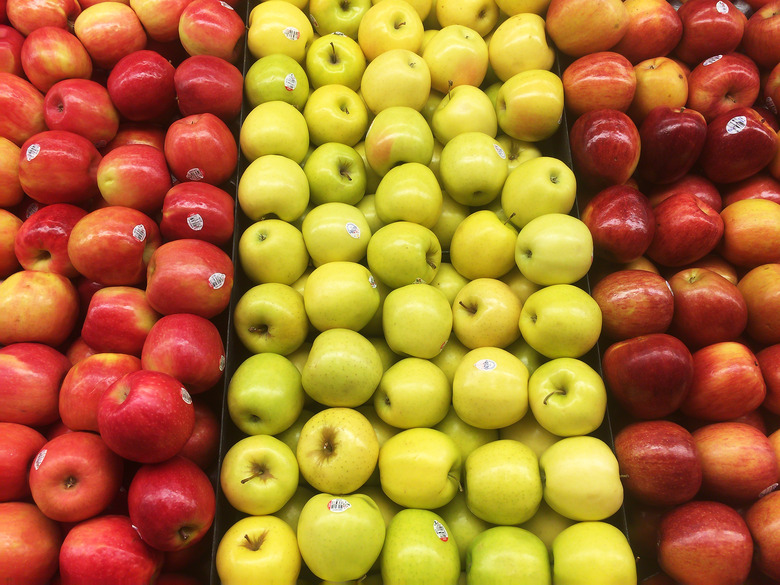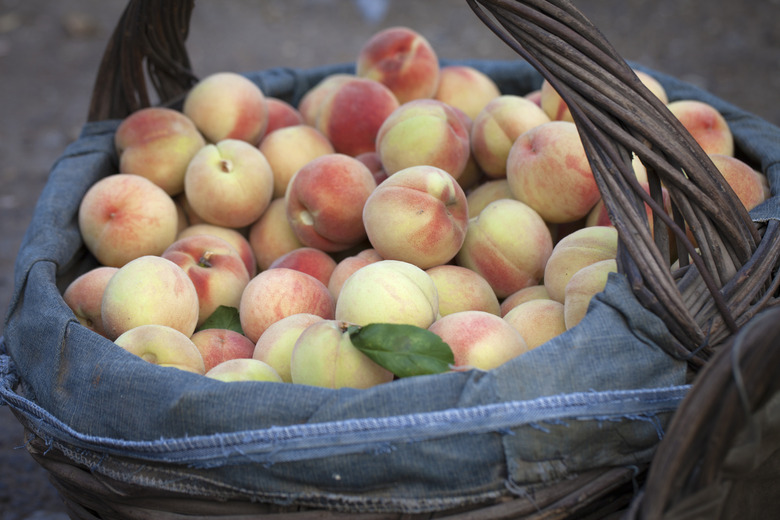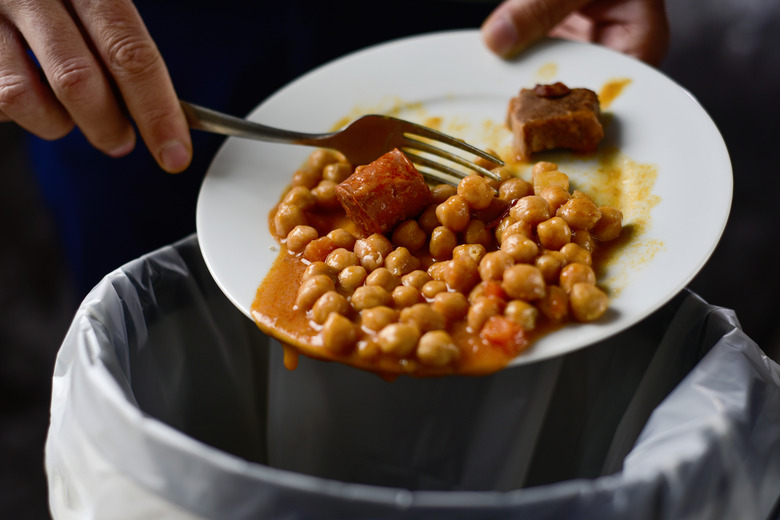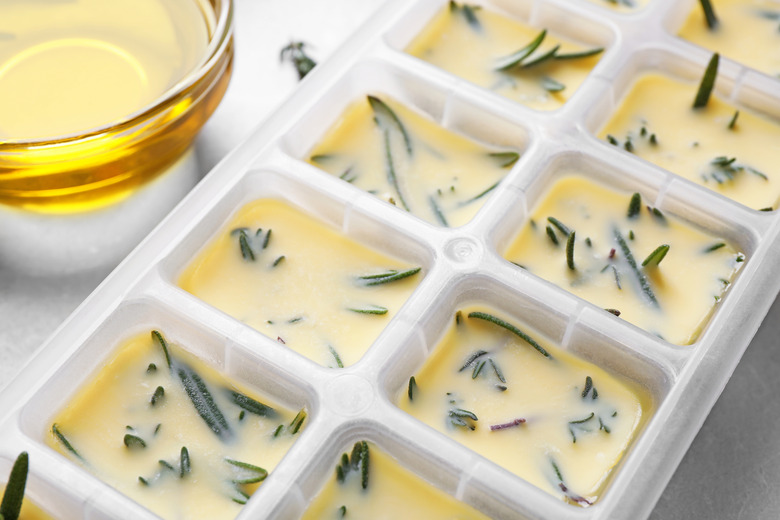Bad Cooking Habits You Need To Stop Now
Lots of home cooks have habits that they didn't think were doing any damage but have actually been ruining the quality and taste of their food. Maybe you defrost your meat on the kitchen counter or maybe you always stick your roast in a cold oven. But those tendencies could be wrecking your meals, or worse, they can even be dangerous. Here are the worst cooking habits that you need to stop right now.
You defrost food incorrectly
It's important to always keep in mind your health and the health of those you are cooking for when preparing dishes. If you're defrosting your meat by leaving it out on the counter or in hot water, you're going to want to alter your behavior now. You're putting yourself at risk for food poisoning by defrosting that way, as it easily puts food in the "danger zone" range of 40 to 140 degrees, temperatures at which bacteria begin to multiply rapidly.
How to defrost food correctly
There are three USDA-approved ways to defrost your food: in the refrigerator, in a cold water bath or in the microwave. Be sure you read up on how to thaw your food correctly before cooking.
You overheat or don’t preheat your pan
If you start cooking in a cold pan or get your pan smoking hot every time you make dinner and wonder why your meat cooks unevenly, that too-cold or too-hot pan could be why. For instance, to cook bacon correctly, you want to start with a cold pan. However, if you want to know how to cook a steak on the stove perfectly, you want to start with an incredibly hot cast-iron skillet.
How to preheat your pan
Whether or not you should preheat your pan depends on the recipe you're making, so be sure to read any instructions carefully. If you're making perfectly scrambled eggs, for instance, you want to start your pan on medium-low heat.
You don’t preheat your oven
One of the first steps for baking scrumptious cupcakes and other sweet treats is to preheat your oven. If you don't preheat your oven, especially before baking, your cookies can spread out too much or your cakes can come out burnt in some places and undercooked in others.
How to prep your oven for baking
Both gas and electric ovens take about 15 to 20 minutes to preheat, so be sure to prep your oven at least that long before baking. If you pair a preheated oven with some baking hacks every home cook should know, you're well on your way to making some great treats.
You check your food too often while cooking
One of the most common turkey roasting mistakes cooks make is constantly opening the oven to check on the bird while it's roasting. Every time you open the oven, you're actually letting out the precious hot air your food needs to cook. When you close the oven again, it can take some time before the temperature gets back to where you want it.
‘If you’re looking, you’re not cooking’
As the saying goes, "if you're looking, you're not cooking." Allowing the temperature to fluctuate can mess with your cook times and give you an undercooked or unevenly cooked meal. If you want to know how to roast turkey correctly, check it about two-thirds of the way through the cooking process to see if it's cooking at the right rate and adjust the time from there. Of course, this applies to other foods as well.
You overfill your pan
There are a lot of great tips for meal prepping and cooking a lot of food at once, but overfilling your pan is not recommended. You might be tempted to throw your peppers, onions and meat all in the pan at once. However, a crowded pan can increase cook time and leave you with a less-than-satisfactory result.
How to cook in batches
If you're really trying to make dishes that take less than one hour to cook, the key is to cook in batches and multitask by having multiple pots and pans on the stove at once. For those fajitas, have your onions and bell peppers in one large pan, your steak cooking in a cast-iron skillet and your tortillas warming up in the oven.
You use old and expired spices
Spices are one of those groceries with an incredibly long shelf life, but they don't last forever. According to food company McCormick, dried herbs, spices and seasoning mixes in jars last about one to two years.
How to revive spices
Before you toss everything when cleaning out your spice rack, know there is a way to give those old spices new life. Here's how to revive stale spices: Put a skillet on a medium flame and add in the amount of spice that you're going to use. Shake the pan or stir the spices so that you toast them evenly for 1–3 minutes until the spices give off a strong aroma. Then add to your food and enjoy.
You only use one cutting board
You may or may not already know this, but your kitchen cutting board is a hidden source of bacteria in your home. If you cut raw chicken and then use that same cutting board to dice onions, you risk cross-contamination. It's best to have two cutting boards: one for meat and another for vegetables. If you only have one, make sure to properly clean it.
How to clean cutting boards
To clean your cutting board, the USDA recommends washing it with hot, soapy water after every use, rinsing it with water and then allowing it to air dry. Your cutting board may also be one of those things you never thought to deep-clean but should. You can sanitize cutting boards by using a solution of 1 tablespoon bleach and 1 gallon of water and allowing the board to soak for a few minutes.
You don’t use sharp knives
New cooks may be easily intimidated by sharp knives. But in order to master basic cuts, you need to keep your knives sharp. Buy new ones or use a knife sharpener regularly. Dull knives are actually far more dangerous than sharp ones. Think about it: a dull blade requires more pressure to dice that onion or slice through that pork tenderloin, increasing the chance that the knife will slip.
How to sharpen knives
A sharp knife is just one of the essential tools you need in your kitchen. There are a few at-home tools you can use to sharpen a knife, but most knife sets come with a sharpening steel. Hold the steel vertically and keep your knife blade at a 15-degree angle away from the steel. Using light pressure, slide the blade down the steel. Start at the bottom of the knife and work toward the tip on each side.
You cook your meat by color
Your steak may have those perfect marks from the grill or your chicken skin may be a crisp, golden brown, but that hue has almost no reflection on the internal temperature of the meat. It can look great on the outside but be totally raw in the center.
How to cook meat correctly
The only way to tell that your meat has finished cooking is to use a meat thermometer. Poultry should reach a minimum internal temperature of 165 degrees, pork should reach 145 degrees and beef should reach 145 degrees. Knowing those temperatures is just the first step in how to cook chicken, steak and other common foods correctly.
You wash your chicken
Trying to avoid food poisoning? Do not wash your chicken. While produce needs to be rinsed before you eat it, chicken does not. Doing so could contaminate your kitchen and turn it into one of the dirtiest placces in your home.
How to safely prep poultry
According to the Centers for Disease Control and Prevention, in order to properly prep raw chicken, make sure you wash your hands with warm, soapy water for 20 seconds before and after handling the meat. Be sure to use a separate cutting board for your raw chicken, and wash it and the countertop thoroughly after cooking. In order to make sure your chicken is safe, cook it until the internal temperature is at least 165 degrees. And to make sure your chicken is delicious, consider these ways to amp up that boring bird.
You use a nonstick pan for everything
Many home cooks turn to their nonstick pan to cook anything and everything: eggs, salmon, bacon — you name it. But when cooking over incredibly high heat, you could actually damage the non-stick surface.
How to use a cast-iron skillet
Sometimes, cast iron is a better choice. When cooking steak, pork or a breakfast egg frittata, use a cast-iron skillet. And that's not all you can make in this handy pan. Here are some unexpected things you can make in your cast-iron skillet.
You wash your cast-iron skillet with soap
If you're hand-washing your dishes, you may be tempted to throw that hefty cast iron pan in the sink along with your bowls and glasses. But you absolutely should not. You should use a small amount of soap, but you don't want to overdo it or submerge it in water.
How to clean a cast-iron skillet
To wash a cast-iron pan, use a scrub brush, water and a tiny amount of soap if needed and scrub. Promptly dry your pan with a lint-free cloth or paper towel, then rub a light layer of cooking oil on the pan and wipe it until no residue remains. Doing anything else is one of the ways you're ruining your cast-iron pan.
You use the wrong oil
Not all oils behave the same way when you cook with them so before heading to the grocery store for ingredients make sure you know what your goal is. Coconut oil and sesame oil, for example, have low smoke points, so they are bad choices for deep-frying or sauteing veggies over high heat.
When to use which oil
Certain oils like walnut oil or hemp seed oil have strong flavors that are great for salad dressings or low-heat foods. If you're frying chicken or making something with a lighter flavor, you want a more neutral oil like vegetable oil or canola oil.
You don’t let your meat rest
If you've ever sliced into a beef tenderloin the moment it comes out of the oven and noticed a ton of juices flowing from the meat, that's because you haven't allowed the meat to rest. This is an integral part of the cooking process. It lets the juices be reabsorbed into the meat, allowing the moisture and flavor to redistribute. This step in the cooking process is just one of the steakhouse secrets you need to know.
How to rest meat
The time for letting meat rest will vary, but a steak should stand for about five minutes, while a roast should sit for 20 minutes or so. In addition to letting your meat rest, there are a few other cooking tips we learned from our parents that you need to know when it comes to roasting meat. One of the most important things to do is to brown your meat at some point in the cooking process, typically before you put it in the oven. This develops a flavorful crust that truly makes your meal complete.
You buy cheap ingredients
There are some ingredients you should always buy generic like canned vegetables and bottled water. In fact, that's one of the best ways to save money at the grocery store. However, some items are really best bought fresh, organic or from specialty brands.
When not to skimp
There are some groceries that are worth the splurge, like maple syrup, real vanilla extract instead of the imitation stuff or high-quality olive oil that you can use for salad dressings. When used properly, these ingredients have a richer flavor that will make that extra money well spent.
You don’t season every step of the way
If you ever wondered why grandma's food tastes better than yours, it's because she wasn't afraid of a little salt and fat. If your food comes out bland and you're dousing it with seasonings at the table, chances are you didn't do the job right when cooking.
How to season food
One of the keys to cooking is to season every time you add an ingredient and/or move on to a new step. Don't go overboard with the salt and pepper, but a couple sprinkles here and there will make or break your dish — it's one of the restaurant secrets home cooks need to know.
You rinse pasta after cooking
There are lots of mistakes people make when cooking pasta, and rinsing the pasta after cooking is one of them. This unnecessary step can wash away some of the starches that help sauces and seasonings stick.
How to cook pasta correctly
If you want to make spaghetti like the best Italian restaurants in America, it's best to just follow the directions on your pasta box and cook it al dente. This helps keep pasta's low glycemic index and stops it from being mushy or overcooked. If you want to take that pasta to the next level, retain some of that starchy cooking water to complete your sauce.
You spray nonstick pans with cooking oil
Aerosol cooking sprays are convenient, but they contain a chemical propellant that sticks to the surface of your pan, leading to a shortened life for your nonstick pan and scrambled eggs that will stick to your cookware.
What to use instead
Instead of relying on aerosol cooking sprays, fill a spritzer bottle with olive oil or vegetable oil to use on your pans. If you don't have one, just pour a little oil or add some butter to your pan to make those easy home-cooked meals.
You throw away scraps and carcasses
Chicken bones, celery leaves and carrot tops are things that need to go straight into your garbage can, right? Wrong. These so-called scraps are actually useful ingredients for making homemade stock, which is just one of the things you should stop buying and cook yourself instead.
How to make stock
Making stock really isn't all that difficult. Just remove excess fat from any bones, place the bones and any vegetable scraps you have into a large stockpot, add water, bring it to a rapid boil and then simmer for several hours.
You refrigerate and freeze everything
It's easy to come home from the grocery store and just toss everything in your fridge and freezer, including bread, tomatoes and onions. But not everything needs to be stored cold. In fact, there are probably a lot of groceries you're storing wrong.
What not to freeze
Some foods just don't freeze well. Milk, for instance, will separate and crumb-topped dishes will get soggy. Before you're tempted to throw all your leftovers in the icebox, read up on the foods you should never freeze.
You hard-boil fresh eggs
Fresh eggs are great for scrambled eggs, poached eggs and other great egg dishes. But when it comes to hard-boiled eggs, one of the first things you should do is start with eggs that are a bit older.
How to boil eggs correctly
To cook and peel a hard-boiled egg the right way, you want to start with those old eggs and put them in a pot of cold water. Bring the water up to a boil, then put the lid on your pot, turn off the heat and let your eggs sit for about 12 minutes.
You buy box mixes
Boxed pancake mixes, brownie mixes or biscuit mixes may seem like a quick and easy shortcut, but chances are, you already have everything you need in your kitchen to make those delicious baked goods. So those boxed mixes rank among the groceries you should stop buying.
How to cook with pantry staples
Embrace the flour and learn how to cook with staple ingredients instead of relying on mixes. Pancakes, waffles and cornbread are all dishes you can make entirely from your pantry.
You shop out of season
Sure, the grocery store will sell apples in the springtime, but that's not when this fruit is at its freshest. Shopping out of season not only leads to cooking with lower-quality ingredients, but it also means that you're spending more for them.
What produce is in season when?
If you want to cook with the freshest, most satisfying ingredients, then it's important to learn how to shop seasonally. For example, squashes are in season during the winter, while stone fruit like peaches are ripe for the picking in the summer. If you need more guidance, here's a month-by-month produce guide.
You throw away good food
If your herbs are a little wilted, your lettuce is a little soggy or your chicken has been sitting in your fridge for a few days, you may be tempted to toss it in the trash. One of the best things you can do to avoid this waste is to make sure you know how long different foods last in your fridge and freezer.
How to make your food last longer
Before you pitch those fresh foods, try to revive and save them. For example, take those old herbs, chop them up fine and add them to an ice cube tray. Top off the herbs with a bit of olive oil and pop them in the freezer. Then cook with them in the future for an extra flavor blast. And that's just one of the tips and hacks that can make your ingredients last longer.
More from The Daily Meal:
20 Brilliant Meal Prep Hacks That Will Save You Tons of Time
Freezer Meal Recipes for a Quick and Easy Dinner
Quick Dinner Dishes You Can Make Out of Cans
